how much sanding, primer, preping is necessary to paint?
17 years ago
Featured Answer
Sort by:Oldest
Comments (7)
- 17 years ago
- 17 years ago
Related Professionals
Lebanon Home Remodeling · Georgetown Kitchen & Bathroom Designers · Piedmont Kitchen & Bathroom Designers · Feasterville Trevose Kitchen & Bathroom Remodelers · Albuquerque Kitchen & Bathroom Remodelers · North Arlington Kitchen & Bathroom Remodelers · Hercules Interior Designers & Decorators · Shorewood Interior Designers & Decorators · Browns Mills General Contractors · Champaign General Contractors · Las Cruces General Contractors · Selma General Contractors · Union Hill-Novelty Hill General Contractors · Walnut Park General Contractors · Baileys Crossroads General Contractors- 17 years ago
- 17 years ago
- 17 years ago
- 17 years ago
Related Stories

PAINTINGWhat to Know About Milk Paint and Chalk Paint — and How to Use Them
Learn the pros, cons, cost and more for these two easy-to-use paints that are great for giving furniture a vintage look
Full Story
PAINTINGHow to Paint a Room: Prep to Painting
Find out the steps to take for the best results when doing it yourself
Full Story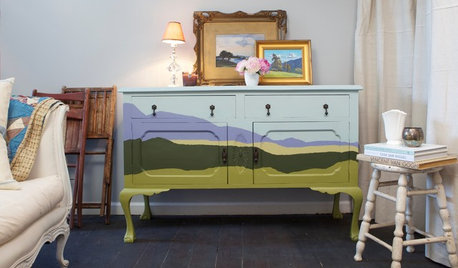
DIY PROJECTSUpcycle Furniture Finds With Paint
There are products out there designed to help you transform your thrift-store scores
Full Story
MOST POPULAR8 Great Kitchen Cabinet Color Palettes
Make your kitchen uniquely yours with painted cabinetry. Here's how (and what) to paint them
Full Story
WORKING WITH PROSHow to Work With a House Painter
A professional house painter may be your best friend for refreshing rooms. Here's what you need to know to get the best result
Full Story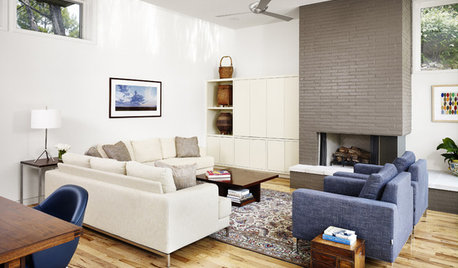
DECORATING GUIDESWhat You Need to Know Before Painting Brick
Sure, painted brick can be a great look. But you need to take some risks into account. Here's how to paint brick like a pro
Full Story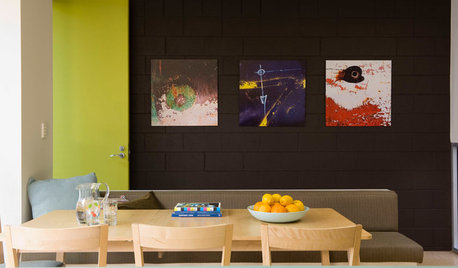
PAINTING10 Rules for Your Next Painting Project
Take your next painting journey from ‘argh!’ to ‘ta-da!’ with these designer tricks
Full Story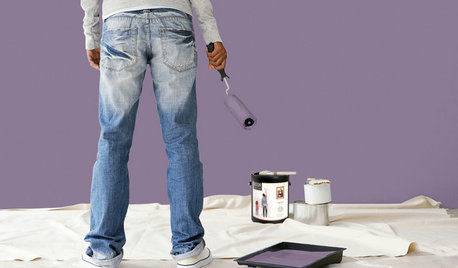
PAINTINGBulletproof Decorating: How to Pick the Right Kind of Paint
Choose a paint with some heft and a little sheen for walls and ceilings with long-lasting good looks. Here are some getting-started tips
Full Story
FLOORSHow to Paint Your Hardwood Floors
Know how to apply nail polish? Then you can give your wooden floors a brand-new look
Full Story
MOST POPULARThe Right Way to Test Paint Colors
Here are 5 key steps to take to ensure you're happy with your wall paint color
Full Story







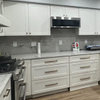
civ_IV_fan